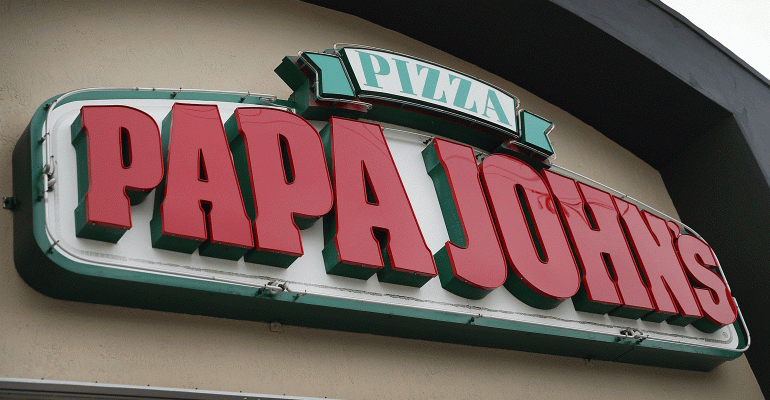A lot of the brand’s locations had negative operating income in 2018, and the problem is concentrated in a surprising state, says RB’s The Bottom Line.


Whoever takes over as CEO of Jack in the Box will face an immediate problem: what to do about a large number of money-losing franchised restaurants?
Hundreds of the San Diego-based burger chains had negative operating income last year, according to data from the company’s newly filed franchise disclosure document. That would put those locations in near-term danger of closing down.
According to the document, about 300 of Jack in the Box’s 2,200 locations generated $1 million or less in annual sales.
Those locations had a median operating income of negative $36,260. That suggests that between 150 and 200 of those restaurants had a negative operating income.
What’s more, there were locations with higher annual revenues that still finished with negative operating income.
John Gordon, a restaurant consultant out of San Diego who analyzed the document, said he estimates that at least 300 Jack in the Box locations, or about 13% of the system, are cash-flow negative.
The problem may well be worse than this, too. The document, which was filed earlier this month, provides only 2018 numbers, and Gordon believes conditions have likely deteriorated since, given rising labor and other costs.
While 40% of Jack’s locations are in high-cost California, the brand’s problem is most acute in supposedly low-cost Texas, home to 27% of Jack in the Box locations but 50% of the restaurants generating less than $1 million. Only 9% of the under-$1 million locations are in California.
The data highlights the challenge the burger chain faces as it looks for a new chief executive: A large percentage of its restaurants are underwater and face near-term uncertainty. The problem helps explain why franchisees have been fighting with the brand over the past two years.
Jack in the Box did not respond to requests for comment.
Jack in the Box CEO Lenny Comma resigned last week after a tumultuous two years that saw the brand unable to find a buyer and fighting with franchisees who called for his resignation while the company slashed corporate overhead. His successor will feel immediate pressure to generate sales to keep franchisees from closing units.
The new CEO will also face challenges getting operators to build locations.
For much of its history, Jack in the Box was a mostly company-owned brand. Around 2004, it started selling those stores to franchisees, and in the 15 years since then, it has sold all but 137, or about 6% of the brand’s locations.
In many of these refranchising deals, Jack in the Box kept control of the property, leasing it to the operator for about 9.5% of revenues.
Such deals are not uncommon—McDonald’s is the most notable example. Franchise rent now makes up nearly 30% of Jack in the Box’s overall revenues.
Some note that Jack’s charges are too high given the chain’s average unit volumes. Rental charges might be exacerbating an overall profitability problem at the burger chain.
But they may also be putting Jack in the Box in a difficult spot, leaving the brand on the hook for the leases if some stores have to shut down.
For all of Jack’s locations, 10% operating margin is also low, leaving franchisees less able to fund capital expenses and debt, as well as corporate overhead. It may also make it harder for the brand to accomplish its next goal: convincing operators to build new units.
Jack in the Box had hoped the end of the refranchising process, along with improved sales, would convince operators to build new restaurants. Same-store sales have improved in the past two quarters, including 3% in the most recent earnings period.
Operators that had been focused on buying existing locations might now be free to build new, at least in theory.
But franchisees that are filing lawsuits against the brand while their operating margins are low, and hundreds are underwater, are a lot less likely to build new units.
That said, it’s not as if things are hopeless. Gordon said Jack in the Box’s situation is similar to Burger King in 2009, the year before the brand was sold to 3G Capital. The private-equity firm settled lawsuits filed by franchisees and focused on rebuilding the brand’s same-store sales—though the company also quickly refranchised restaurants.
Still, today Burger King’s unit volumes are higher. Operators are building units, and lawsuits are nonexistent. The next CEO of Jack in the Box should take a cue from that experience.


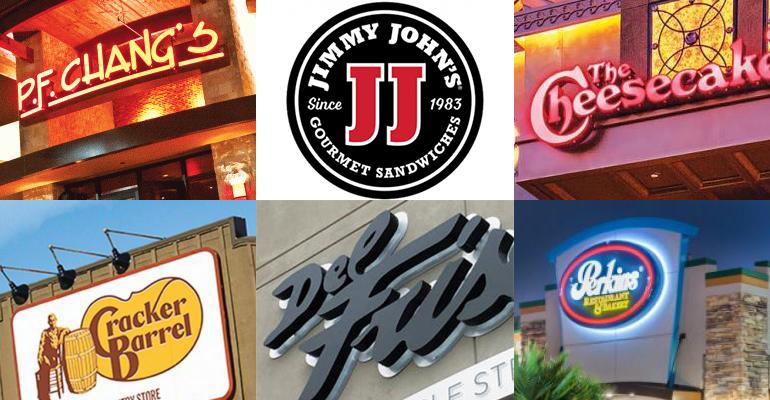
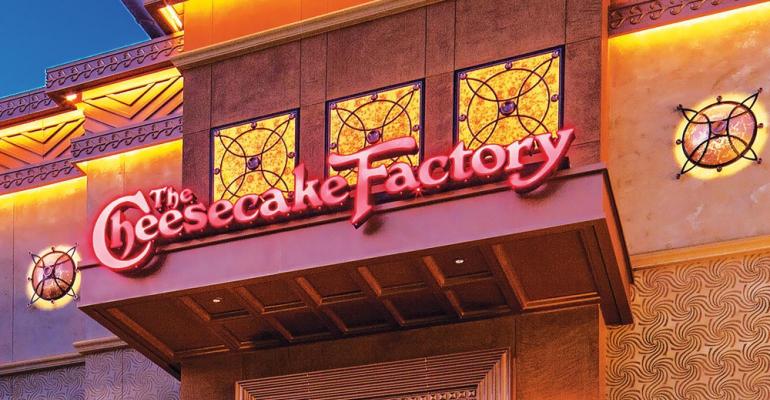 The
The 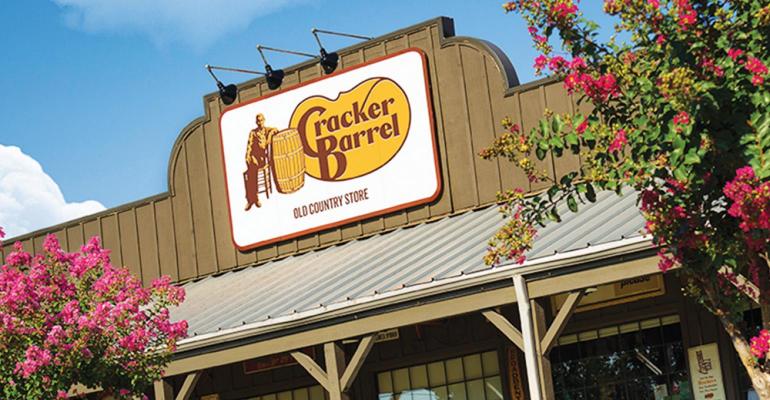 Disruptions such as third-party aggregators for delivery — similar to what was seen in the hotel industry for room reservations — and a consumer-taste shift to convenience and experience have motivated established brands to invest in younger brands.
Disruptions such as third-party aggregators for delivery — similar to what was seen in the hotel industry for room reservations — and a consumer-taste shift to convenience and experience have motivated established brands to invest in younger brands. The sellers included H.I.G. Capital, Chanticleer Holdings and other investors. Financial terms of the deal were not disclosed. Hooters of America, founded in 1983, owns and franchises more than 430 Hooters restaurants in 38 states and 27 countries.
The sellers included H.I.G. Capital, Chanticleer Holdings and other investors. Financial terms of the deal were not disclosed. Hooters of America, founded in 1983, owns and franchises more than 430 Hooters restaurants in 38 states and 27 countries.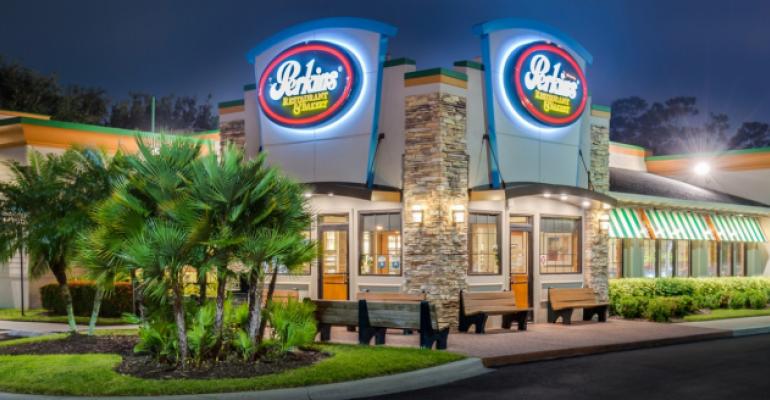 Allen said more companies are looking to private than public.
Allen said more companies are looking to private than public.

